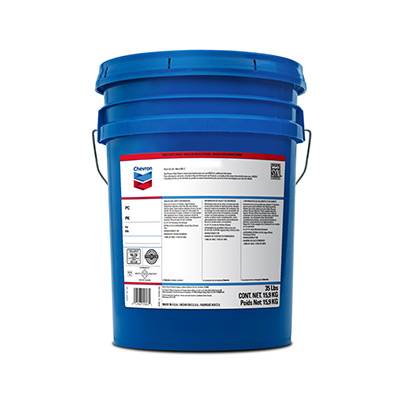Sep . 19, 2024 05:02 Back to list
pilot operated check valve
Understanding Pilot Operated Check Valves
Pilot operated check valves (POCVs) are essential components in hydraulic systems, providing a reliable means of controlling fluid flow while ensuring safety and efficiency. These valves combine the functions of both a check valve and a pilot valve, allowing for sophisticated control of hydraulic circuits, particularly in applications where the load may require a permanent connection to the fluid source.
At its core, a pilot operated check valve allows flow in one direction while preventing reverse flow. This functionality is crucial in hydraulic applications where maintaining pressure and preventing backflow is necessary. The design of a POCV consists of two main components a main valve body and a pilot control mechanism. The pilot mechanism is responsible for opening the check valve under certain conditions while keeping it closed during normal operations to prevent backflow.
One of the significant advantages of pilot operated check valves is their ability to hold loads without requiring continuous energy input. When the pilot valve is actuated, it allows fluid to flow from the low-pressure side to the high-pressure side, thus opening the check valve. This action enables the load to lower or move as intended. However, when the pilot valve is de-energized, the main valve remains closed, preventing the fluid from returning back and maintaining the load's position. This feature not only enhances safety but also increases energy efficiency in hydraulic systems.
pilot operated check valve

In addition to their basic functionality, POCVs can easily integrate into larger hydraulic systems. They can control actuators and ensure that hydraulic pressure remains stable even during sudden load changes. This characteristic makes them highly valuable in applications like construction machinery, industrial presses, and other equipment where sudden movements due to load shifts are common.
Another advantage of pilot operated check valves is their versatility. They can be configured to suit various operating pressures and flow rates, making them suitable for a wide range of applications. Additionally, they are available in different sizes and materials to accommodate specific hydraulic system requirements.
When selecting a pilot operated check valve, it is essential to consider factors such as the expected flow rate, pressure conditions, and the specific application environment. Proper installation and maintenance of POCVs also play a critical role in their performance and longevity, as debris or wear can affect their sealing capabilities and overall efficiency.
In conclusion, pilot operated check valves are vital components in modern hydraulic systems, providing optimal control of fluid flow, energy efficiency, and safety. Their unique ability to sustain loads without continuous actuation makes them irreplaceable in various industrial applications, reflecting the importance of reliable and efficient hydraulic components in today's technology-driven environment.
-
Precision Manufacturing with Advanced Spline Gauge DesignNewsJul.31,2025
-
Industrial-Grade Calibrated Pin Gauges for Exact MeasurementsNewsJul.31,2025
-
Industrial Filtration Systems Depend on Quality Filter DN50 SolutionsNewsJul.31,2025
-
High-Performance Gate Valve WholesaleNewsJul.31,2025
-
Granite Surface Plate The Ultimate Solution for Precision MeasurementNewsJul.31,2025
-
Granite Industrial Tools The Ultimate Guide for Bulk BuyersNewsJul.31,2025
Related PRODUCTS









